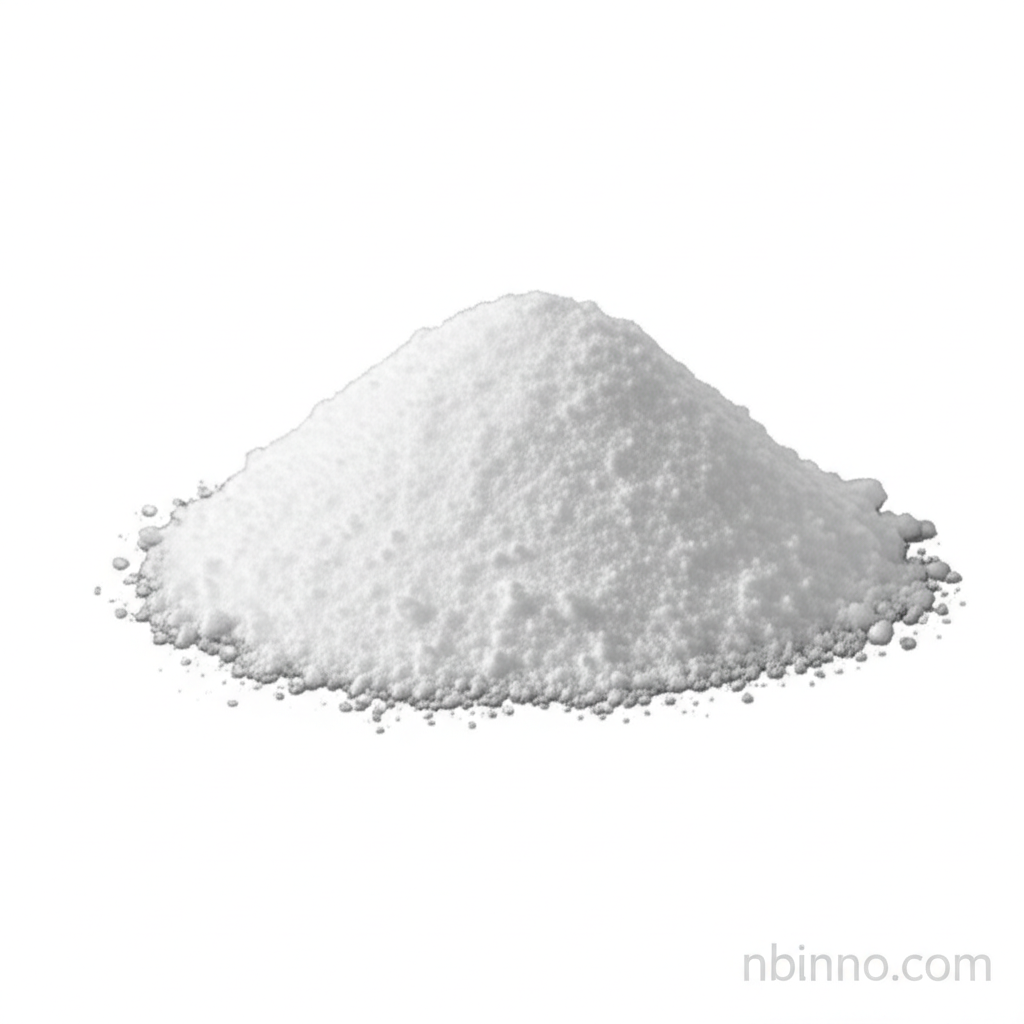Sodium Amide: A Powerful Reagent in Organic Synthesis
Discover the crucial role of sodium amide as a strong base and versatile chemical in various synthetic pathways.
Get a Quote & SampleKey Features and Applications

Sodium Amide
Sodium amide (NaNH2) is a highly reactive inorganic compound, widely recognized for its potent basicity. Its primary utility lies in organic synthesis, where it excels at deprotonating weakly acidic compounds, particularly terminal alkynes, to generate valuable acetylide ions. This capability makes it indispensable for forming carbon-carbon bonds, a cornerstone of complex molecule construction.
- Utilizing sodium amide for alkyne synthesis is a common practice, leveraging its strong basicity to drive elimination reactions from dihalides.
- The deprotonation reactions with sodium amide are critical for generating reactive intermediates essential in many synthetic routes.
- As a robust strong base in organic synthesis, NaNH2 enables transformations that are otherwise difficult to achieve.
- Its role extends to industrial processes, such as the production of indigo, showcasing its broad applicability.
Advantages of Using Sodium Amide
Exceptional Basicity
The remarkable basicity of sodium amide allows for efficient deprotonation of a wide range of weak acids, facilitating numerous synthetic transformations. Understanding sodium amide chemical properties is key to harnessing its power.
Versatile for Elimination Reactions
NaNH2 is a preferred reagent for elimination reactions with sodium amide, particularly in the conversion of vicinal and geminal dihalides into alkynes, a vital class of hydrocarbons.
Industrial Relevance
Beyond the laboratory, sodium amide industrial applications are significant, including its role in the manufacturing of dyes like indigo, demonstrating its economic and practical importance.
Key Applications
Organic Synthesis
As a strong base in organic synthesis, NaNH2 is fundamental for reactions like alkyne formation and deprotonation, enabling the construction of complex organic molecules.
Chemical Production
The sodium amide industrial applications are diverse, including its use in the synthesis of pharmaceuticals, agrochemicals, and other specialty chemicals, underscoring its industrial utility.
Drying Agent
Its ability to react with water makes sodium amide a useful, albeit reactive, drying agent in specific anhydrous organic solvent preparations.
Indigo Production
A notable industrial use is in the production of indigo, where sodium amide is a key component in the cyclization process, highlighting its importance in dye manufacturing.
